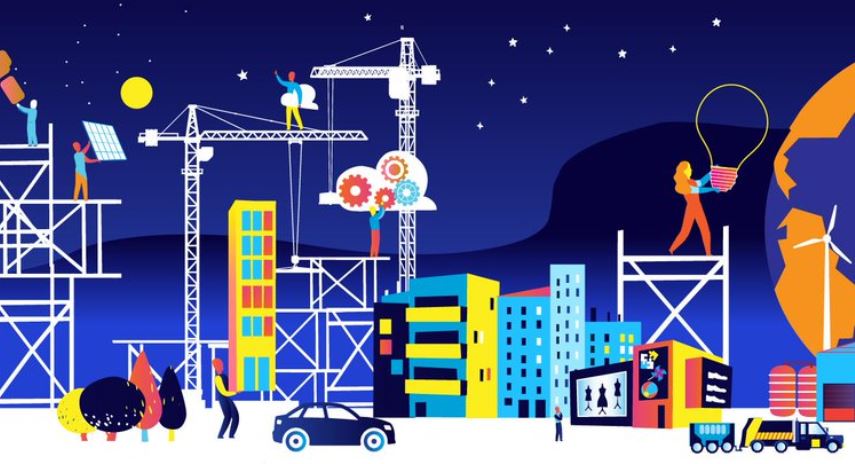The European Commission

The European Commission adopted an action plan in 2015 to help accelerate Europe's transition towards a circular economy, boost global competitiveness, promote sustainable economic growth and generate new jobs. This action plan set out 54 measures to "close the loop" of product lifecycles: from production and consumption to waste management and the market for secondary raw materials. It also identified five priority sectors to speed up the transition along their value chain (plastics, food waste, critical raw materials, construction and demolition, biomass and bio-based materials).
A comprehensive report on the implementation of the 2015 Circular Economy Action Plan has been published in March 2019.
In March 2020 the European Commission has adopted a new Circular Economy Action Plan as one of the main blocks of the European Green Deal for sustainable growth.
The new Action Plan announces initiatives along the entire life cycle of products, targeting for example their design, promoting circular economy processes, fostering sustainable consumption, and aiming to ensure that the resources used are kept in the EU economy for as long as possible.
It introduces legislative and non-legislative measures targeting areas where action at the EU level brings real added value.
The new Circular Economy Action presents measures to:
- Make sustainable products the norm in the EU;
- Empower consumers and public buyers;
- Focus on the sectors that use most resources and where the potential for circularity is high such as: electronics and ICT; batteries and vehicles; packaging; plastics; textiles; construction and buildings; food; water and nutrients;
- Ensure less waste;
- Make circularity work for people, regions and cities,
- Lead global efforts on circular economy.



